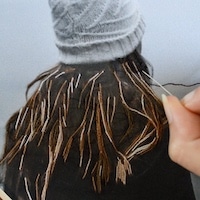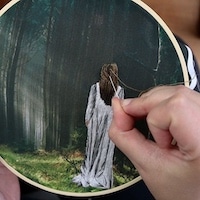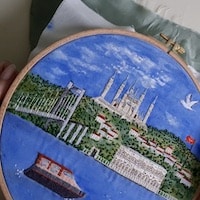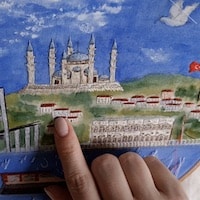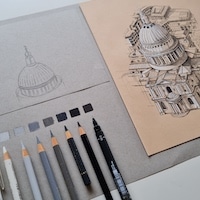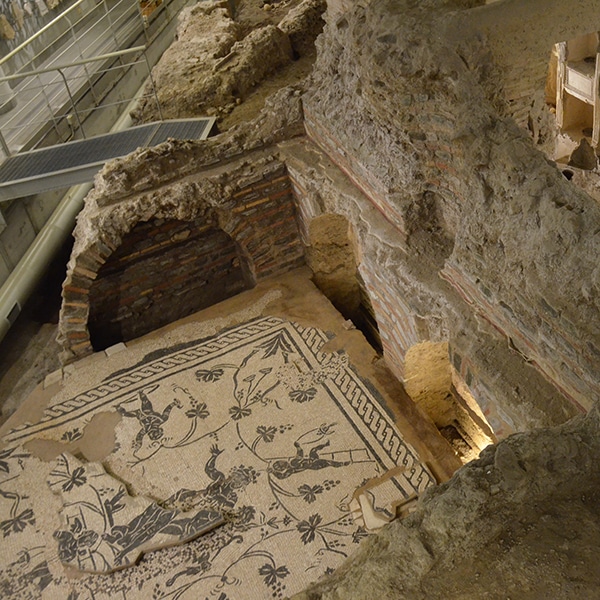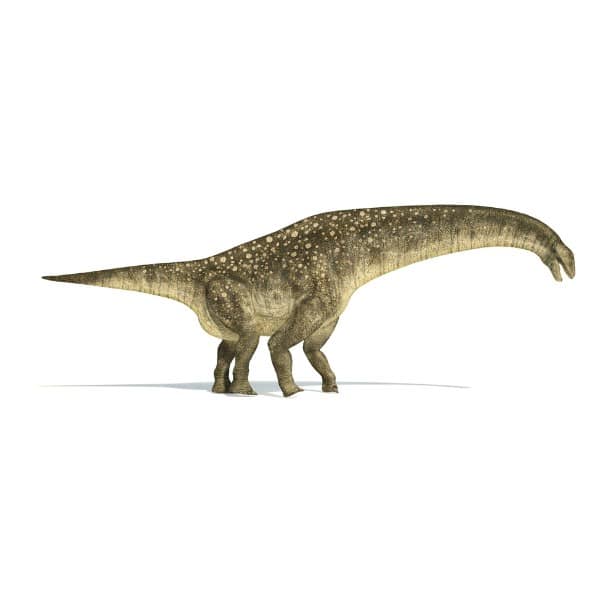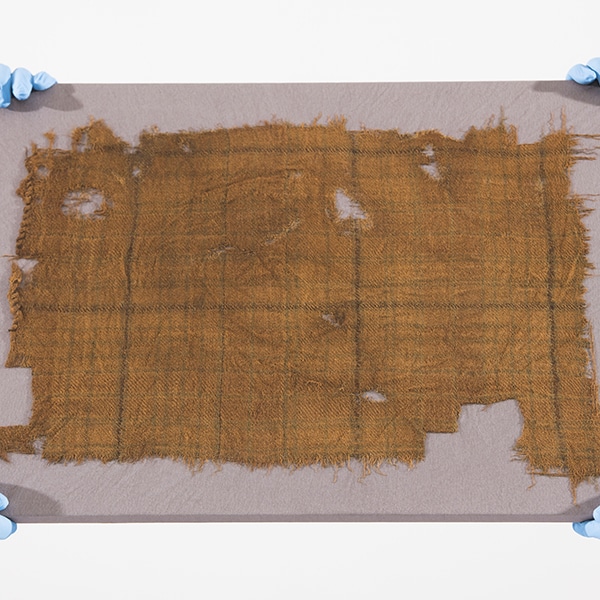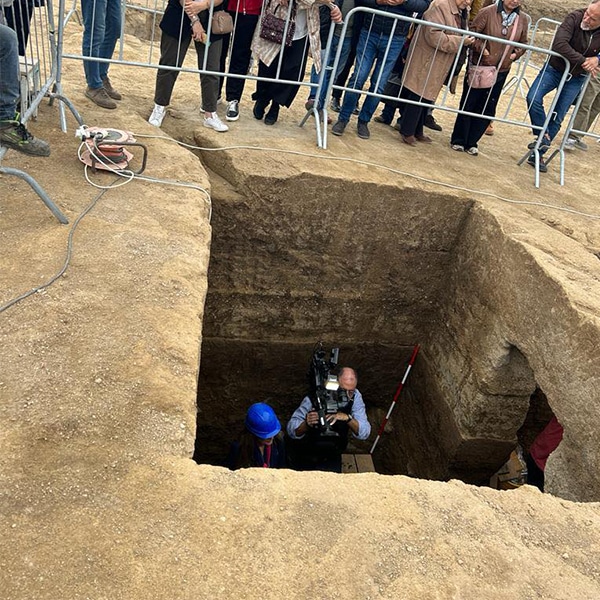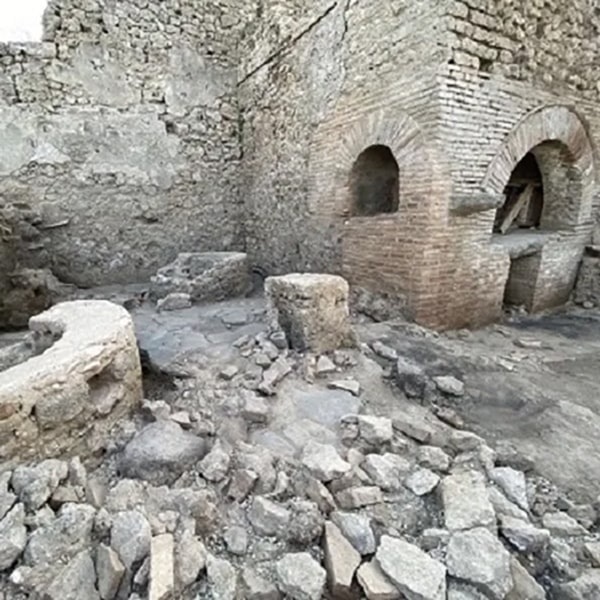
Archeologists examine the preserved rock carvings. (Photo: Jagiellonian University)
Across human history, time has been measured in different ways—by moon cycles, plants ripening, and saints days. What we know to be the modern year can be divided in any number of ways; however, tracking time has always been critical, no matter how it is measured. Societies developed innovative calendars for this human need. Archeologists working in the canyons along the Colorado-Utah border documented what they believe to be a previously unknown sort of spiral calendar, carved and used by the Ancestral Pueblo people. The discovery of these reliefs came after tips from local elders that something of interest could be found high above the iconic, visible dwelling houses set into the cliff sides.
The team is led by Polish archeologist Radosław Palonka of Jagiellonian University, whose doctoral work with American Professor Willian Lipe led to opportunities to research in the United States. The calendar relief was discovered near Castle Rock Pueblo in the Mesa Verde region. The village was populated in the 13th century by the Ancestral Pueblo people, who had roots in the four-corners area stretching back thousands of years. From the beginnings of cultivation to the invasion of colonizing Spaniards, the Ancestral Pueblo lived in the southwest, largely migrating away from Mesa Verde in the 13th century. They created impressive cliff dwellings, magnificent circular kivas for religious ceremonies, and cliff drawings.
The archeologists were surprised at the specific drawings they found. Palonka said in a statement, “I used to think that we studied this area thoroughly, conducting full-scale excavations, geophysical surveying and digitalization. Yet, I had some hints from older members of the local community that something more can be found in the higher, less accessible parts of the canyons. We wanted to verify this information, and what we found surpassed our wildest expectations. It turned out that about 800 meters above the cliff settlements there are a lot previously unknown petroglyphs. The huge rock panels stretch over 4 kilometers around the large plateau.”
Among these panels were spiral carvings up to one meter (3.3 feet) in diameter. These, like most glyphs found in the area, were carved in the 12th or 13th century. The team postulated the creators of the spirals “used these petroglyphs for astronomical observations and to determine the dates of some special days in the calendar: summer and winter solstices as well spring and autumn equinoxes.” The Ancestral Pueblo spirals are circular like the famous Mayan calendars, although the paper does not suggest any connection. “These discoveries forced us to adjust our knowledge about this area. Definitely we have underestimated the number of inhabitants who lived here in the 13th century and the complexity of their religious practices, which must have also taken place next to these outdoor panels,” says Palonka.
Today, despite disease and violence over centuries, the descendants of the Ancestral Pueblo still live in the region, including the Hopi Tribe and many modern Pueblo tribes.
Archeologists have documented incredible spiral calendar rock carvings in the cliffs of the famous Mesa Verde region, carved by the Ancestral Pueblo people.
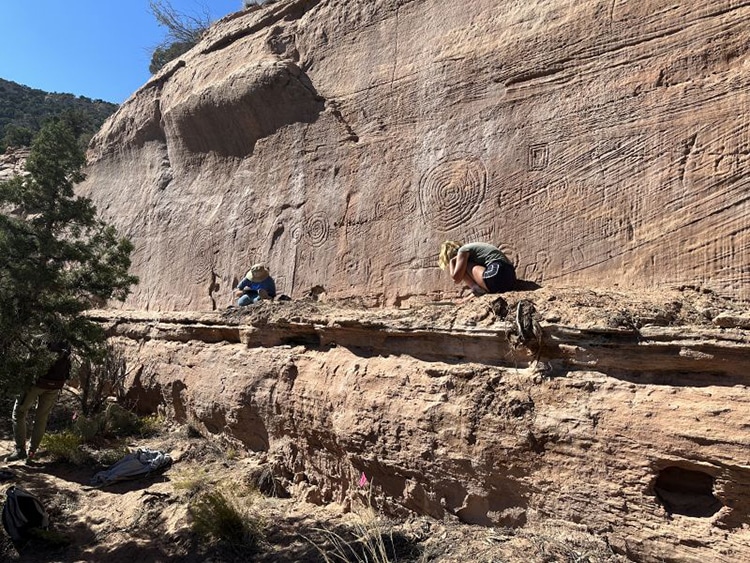
Archeologists examine the carvings. (Photo: Jagiellonian University)
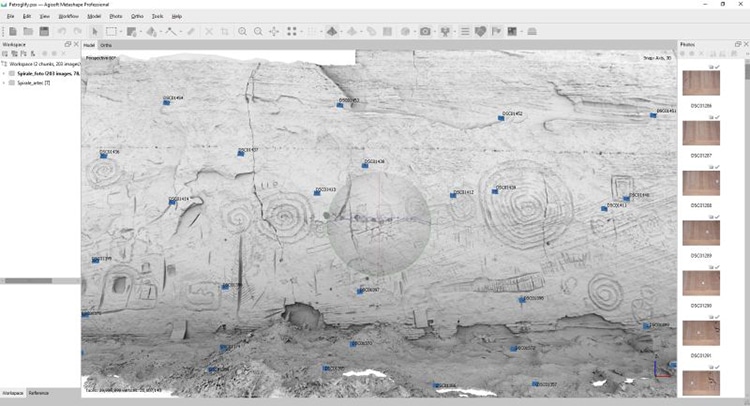
Computer modeling the carvings. (Photo: Jagiellonian University)
h/t: [Live Science]
Related Articles:
Colorful 225-Million-Year-Old Fossils Are Just One Highlight of This Stunning National Park
Powerful Portraits of Native Americans Highlight Their Spirit and Cultural Identity [Interview]
Giant Buried Pyramid ‘Gunung Padang’ in Indonesia May Be the World’s Oldest
Ancient Life-Size Carvings of Wild Camels Are Discovered in the Deserts of Saudi Arabia





























